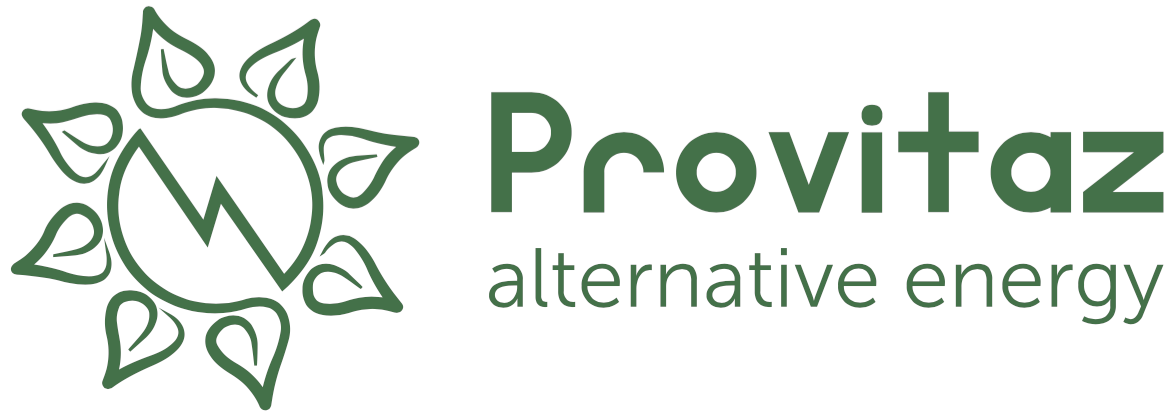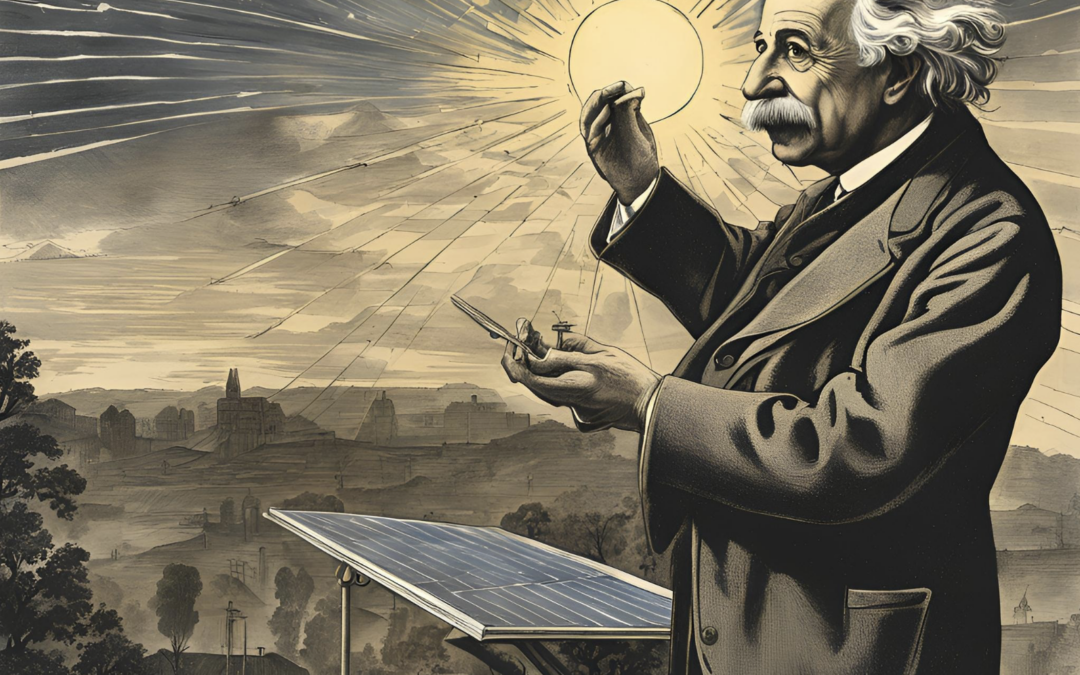What is Photovoltaic (PV) Technology?
Photovoltaic (PV) technology converts sunlight directly into electricity using semiconductor materials, typically silicon. This process, known as the photoelectric effect, was a groundbreaking discovery that laid the foundation for solar energy as we know it today.
A Brief History of Solar PV: From Discovery to Global Energy Revolution
The photovoltaic effect was first observed in 1839 by Alexandre Edmond Becquerel, a French physicist who found that light could generate an electric current in certain materials.
But it wasn’t until 1905 that Albert Einstein explained how and why this happens in his famous paper on the photoelectric effect—a discovery so important that he won the Nobel Prize in Physics in 1921. Einstein showed that light is made of tiny energy packets called photons, which can knock electrons loose in a material, generating an electric current. This explanation provided the theoretical backbone for solar PV technology.
🗣 Einstein on Solar Energy:
“We still do not know one thousandth of one percent of what nature has revealed to us.”
His insights into light and energy revolutionized physics and paved the way for modern solar power.
Fast forward to 1954, and scientists at Bell Labs (Calvin Fuller, Daryl Chapin, and Gerald Pearson) created the first practical silicon solar cell, achieving an efficiency of about 6%.
During the 1960s, NASA used PV cells to power satellites like Vanguard 1, proving that solar energy could work in extreme environments. The 1970s energy crisis led to increased interest in solar technology, and by the 21st century, advancements had made solar panels cheaper, more efficient, and widely available.
How Does a Solar Panel Work?
A solar panel consists of multiple solar cells, each made from semiconductor materials like silicon. Here’s how they generate electricity:
- Sunlight Hits the Panel: Photons (light particles) strike the solar cells.
- Electron Excitement: The energy from the photons excites electrons, causing them to move.
- Electric Current Flow: This movement creates an electric current, which is captured and directed through an inverter.
- Conversion to Usable Power: The inverter converts direct current (DC) electricity into alternating current (AC), which can power homes and businesses.
Fun Facts About Solar PV
☀️ Albert Einstein’s Paper on the Photoelectric Effect Was More Important Than Relativity! While Einstein is famous for his Theory of Relativity, his work on the photoelectric effect had a more immediate impact on technology—directly leading to solar PV, digital cameras, and even modern electronics!
⚡ The Sun Provides More Energy in an Hour Than the World Uses in a Year! If we could harness all the sunlight that reaches Earth in one hour, we could power the entire planet for a whole year!
🌞 The First Solar-Powered Satellite Still Works! Launched in 1958, Vanguard 1 was powered by solar energy and is still floating in space today.
🏠 Your Roof Can Be a Mini Power Plant! Many homeowners with solar panels can sell excess electricity back to the grid, reducing energy bills and promoting renewable energy.
The Future of Solar PV Technology
With increasing efficiency and lower costs, solar PV technology is expanding rapidly. New materials like perovskite solar cells, solar paint, and transparent solar panels could soon revolutionize how we generate and use solar energy.
As Albert Einstein once said:
🗣 “Energy cannot be created or destroyed, it can only be changed from one form to another.”
Solar PV technology does exactly that—transforming sunlight into electricity to power our future.
With the sun providing free, unlimited energy, the future of solar power looks brighter than ever! 🌍☀️⚡

